Addictions to alcohol, drugs, cigarettes, gambling and sex destroy millions of lives every year. In clear language, counseling psychologist Michael Hardiman explains the physical and psychological components of addiction and details why some people are particularly vulnerable. He is not concerned with offering broad solutions to this monumental social problem. Instead, he wants to help individual addicts and their loved ones untangle themselves from the web of addiction. If you think you or someone close may be addicted to substances or behaviors, getAbstract strongly recommends this primer on the nature of addiction.
The Slippery Slope
Science has not determined exactly why some individuals become addicted to a substance or activity and others do not. Nor is it clear why the intensity of an addiction differs from person to person. But without a doubt, dependence creates negative behaviors that harm addicts and those around them.
These are the four primary elements of addiction:
- “Compulsion” – Addicts feel they must engage in their addictions. Although they are making a conscious decision, the drive is overwhelming.
- “Dependence” – Addicts believe they’ll experience negative consequences if they don’t act on their addictions.
- “Regularity” – Addictive behavior is a constant in the addict’s life. However, frequency can range from three times a year to every day.
- “Destructiveness” – Addicts’ quality of life inevitably deteriorates, although the deterioration can be either rapid or gradual.
Factors in Addiction
Professionals look at addiction differently depending on their orientation. Some medical doctors believe that addiction has a genetic component. Psychologists...










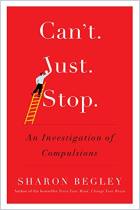
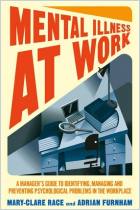
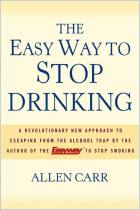
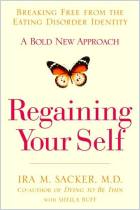

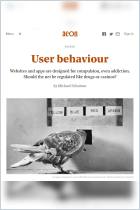


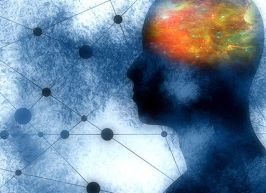
Comment on this summary